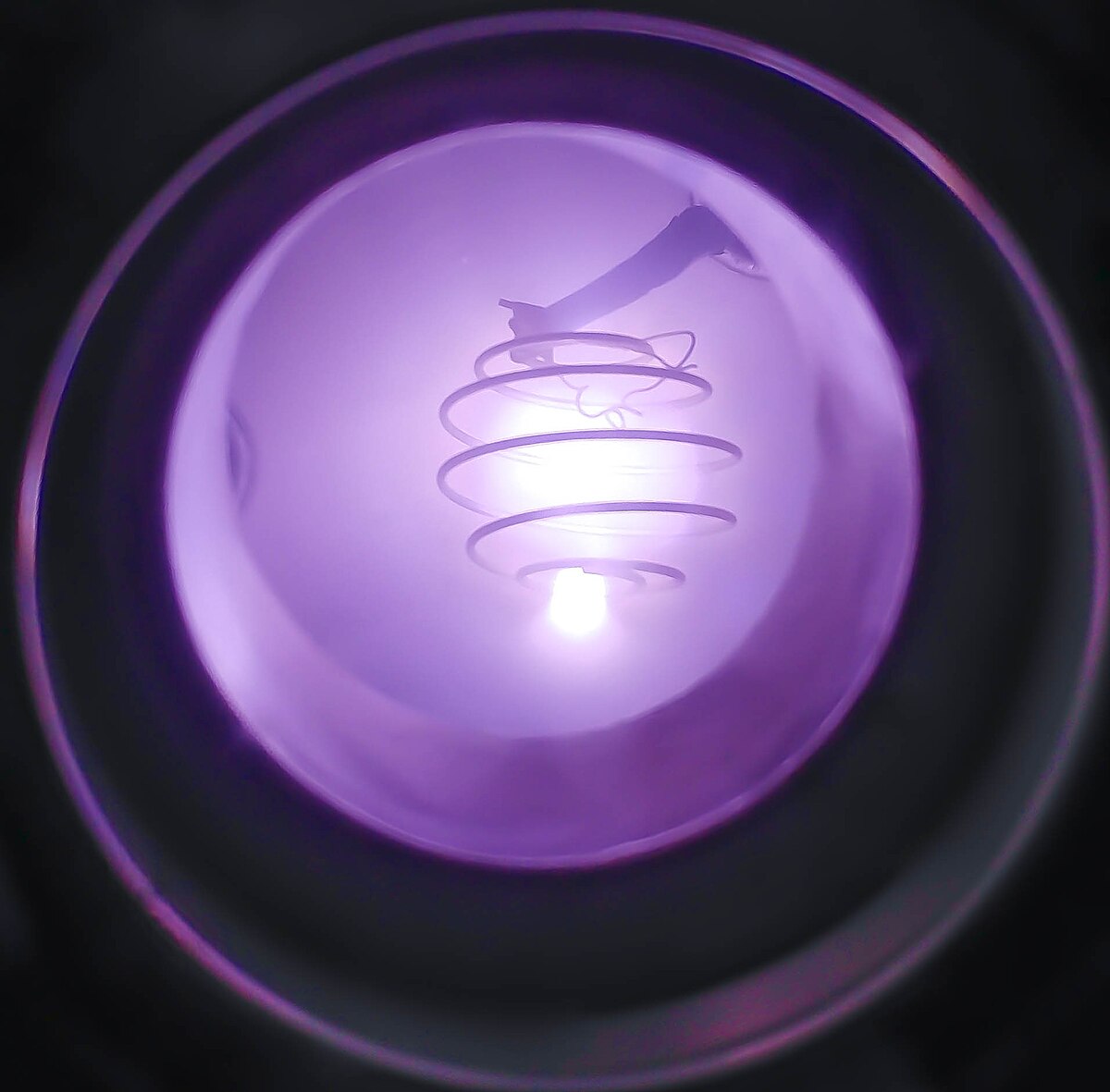- 3,886
- 351
I was wondering, for those who know these kind of things, what is the temperature needed to achieve nuclear fusion with electrical fields?
This is based on the item called Fusor.
And by proxy, what would the voltage be for such a process?

 en.wikipedia.org
en.wikipedia.org
Otherwise, would the temperature still be the same as regular nuclear fusion temperatures of 120 million degrees?
EDIT: I looked further into it and found something with "For fusion to occur the ions must be at a temperature of at least 4 keV (kiloelectronvolts), or about 45 million kelvins."
Thoughts?
This is based on the item called Fusor.
And by proxy, what would the voltage be for such a process?

Fusor - Wikipedia
Otherwise, would the temperature still be the same as regular nuclear fusion temperatures of 120 million degrees?
EDIT: I looked further into it and found something with "For fusion to occur the ions must be at a temperature of at least 4 keV (kiloelectronvolts), or about 45 million kelvins."
Thoughts?
Last edited: